Time To Dance (Page Three)
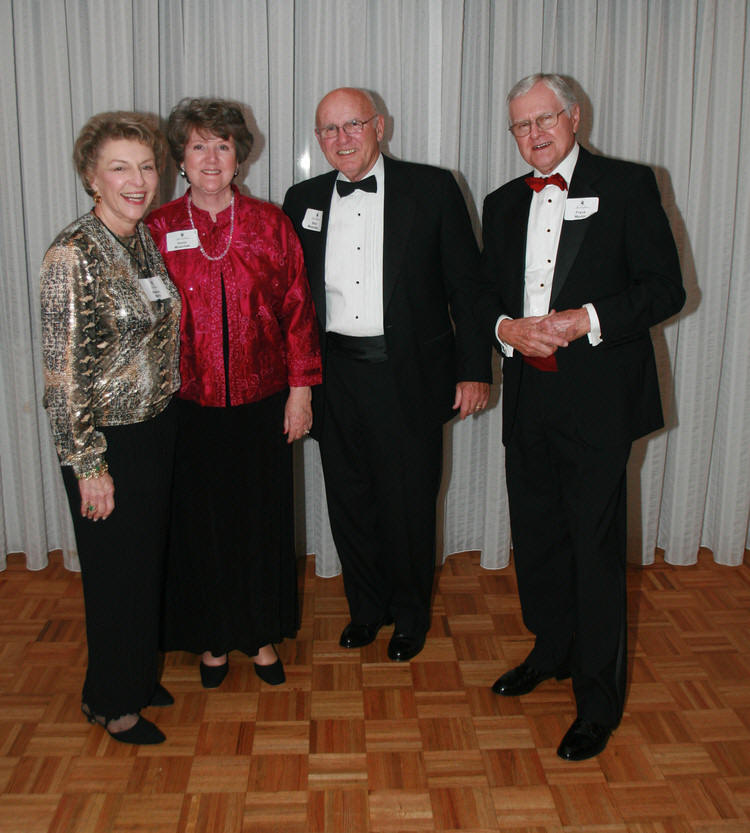
"We would rather watch!!"

"Now Jim... Put your right foot in and then right foot out and then...."
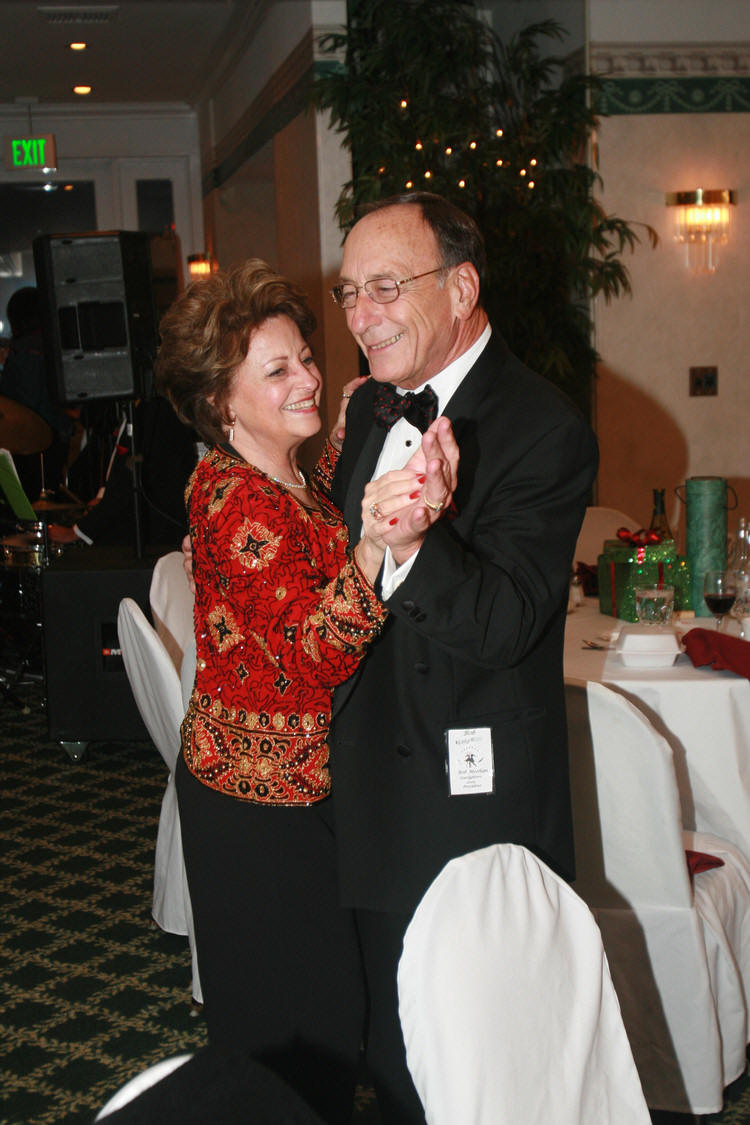
Who needs a dance floor???
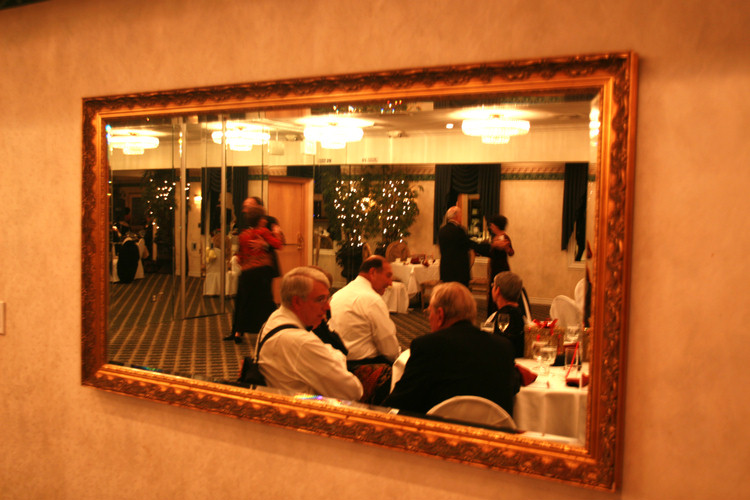
"Mirror mirror on the wall...."
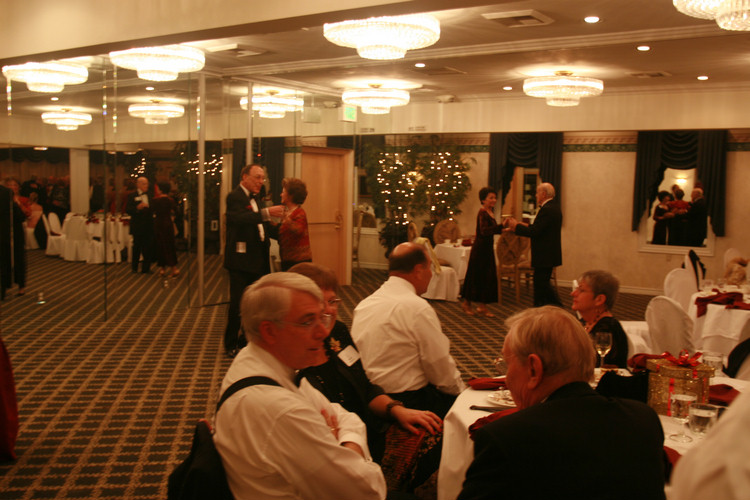
Mirrors everywhere!
Our Leadership Tend To Be A Little Bit Romantic
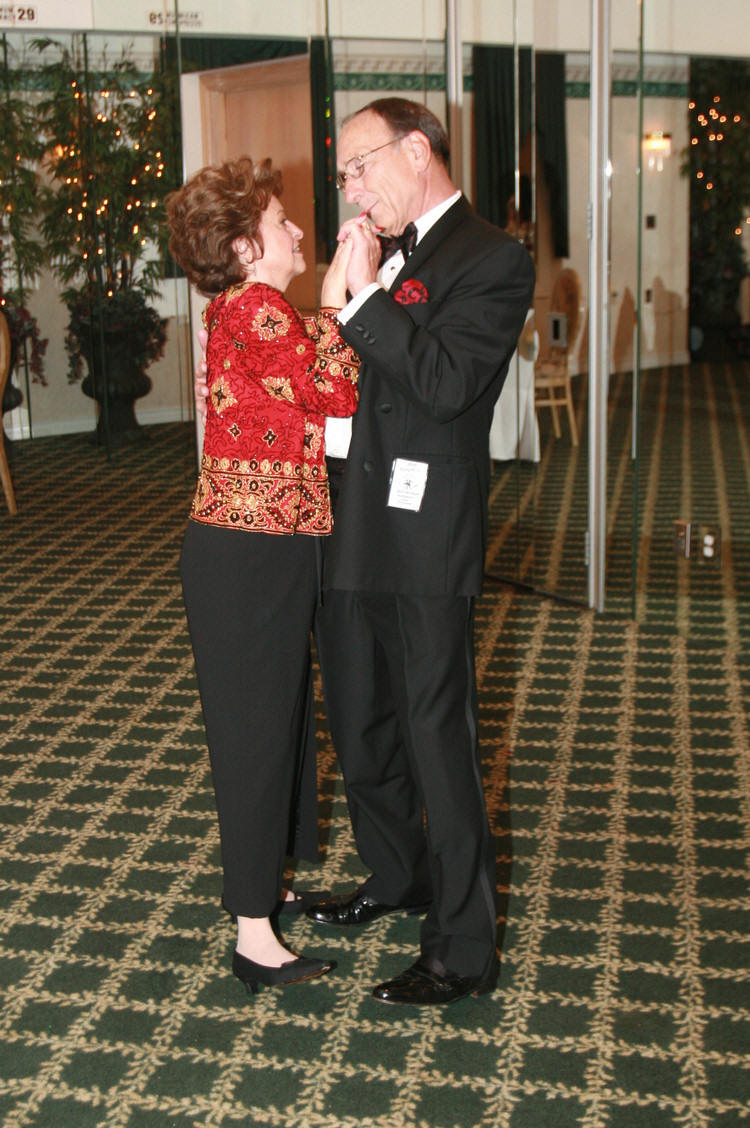
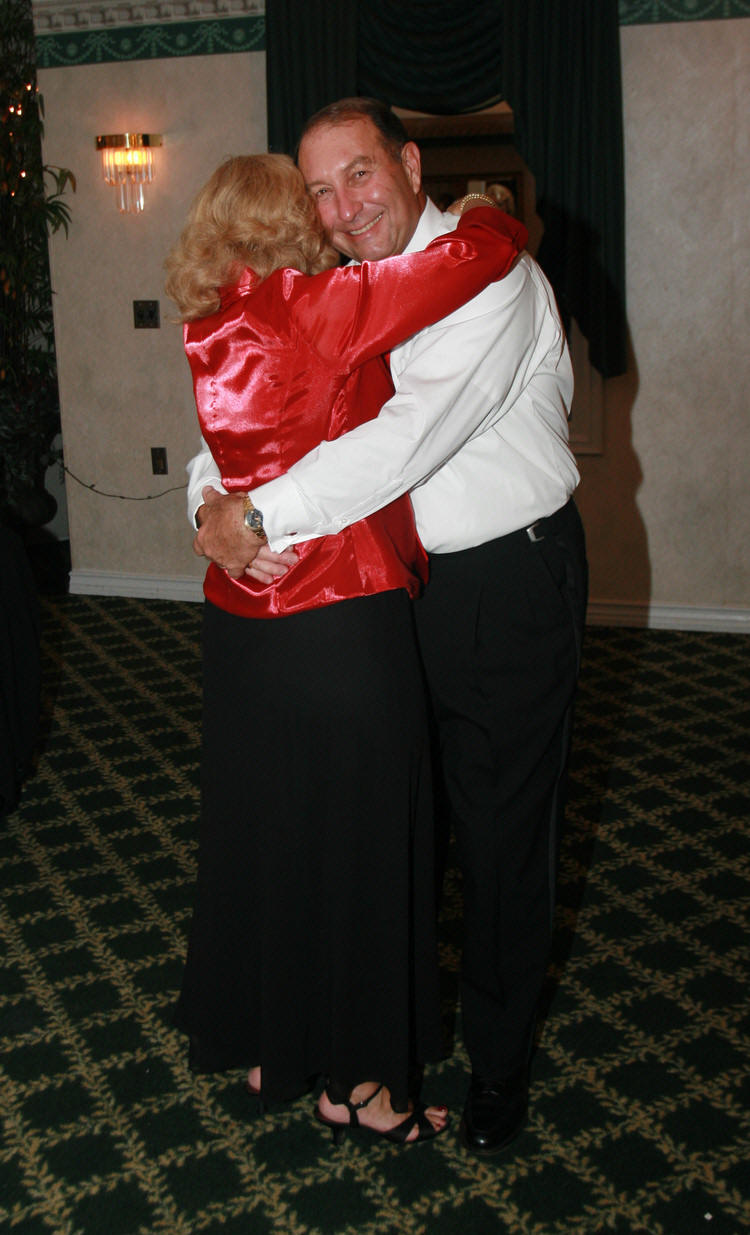
Our past and present presidents out of costume
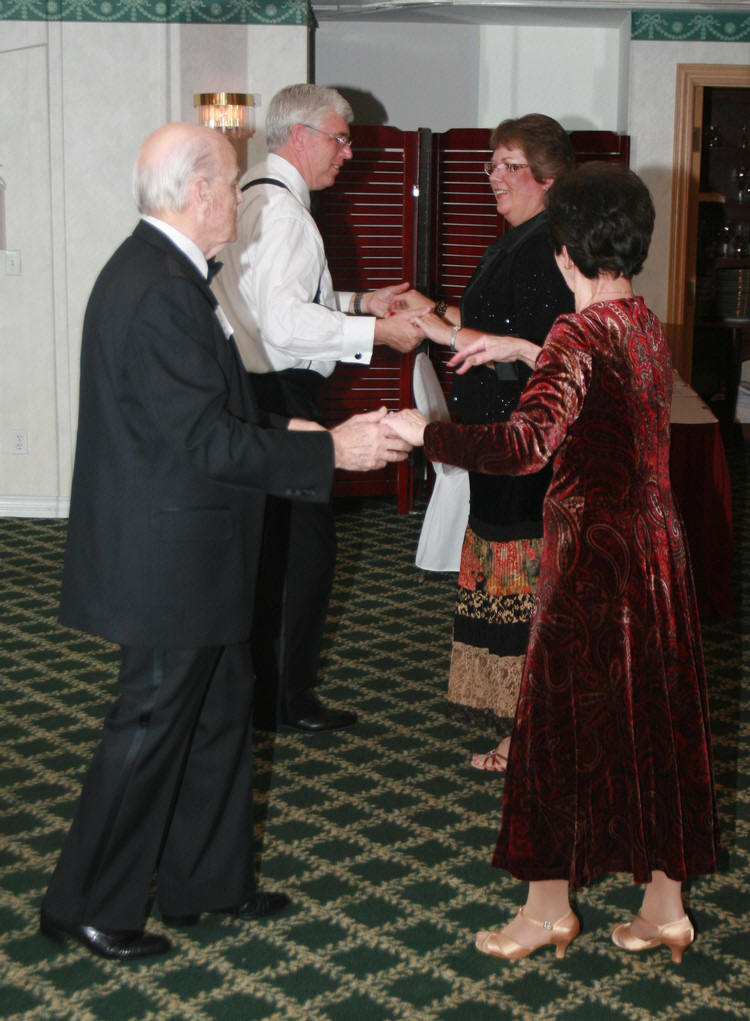
Jim & Jan and Dean & Lori get a small refresher on a new step
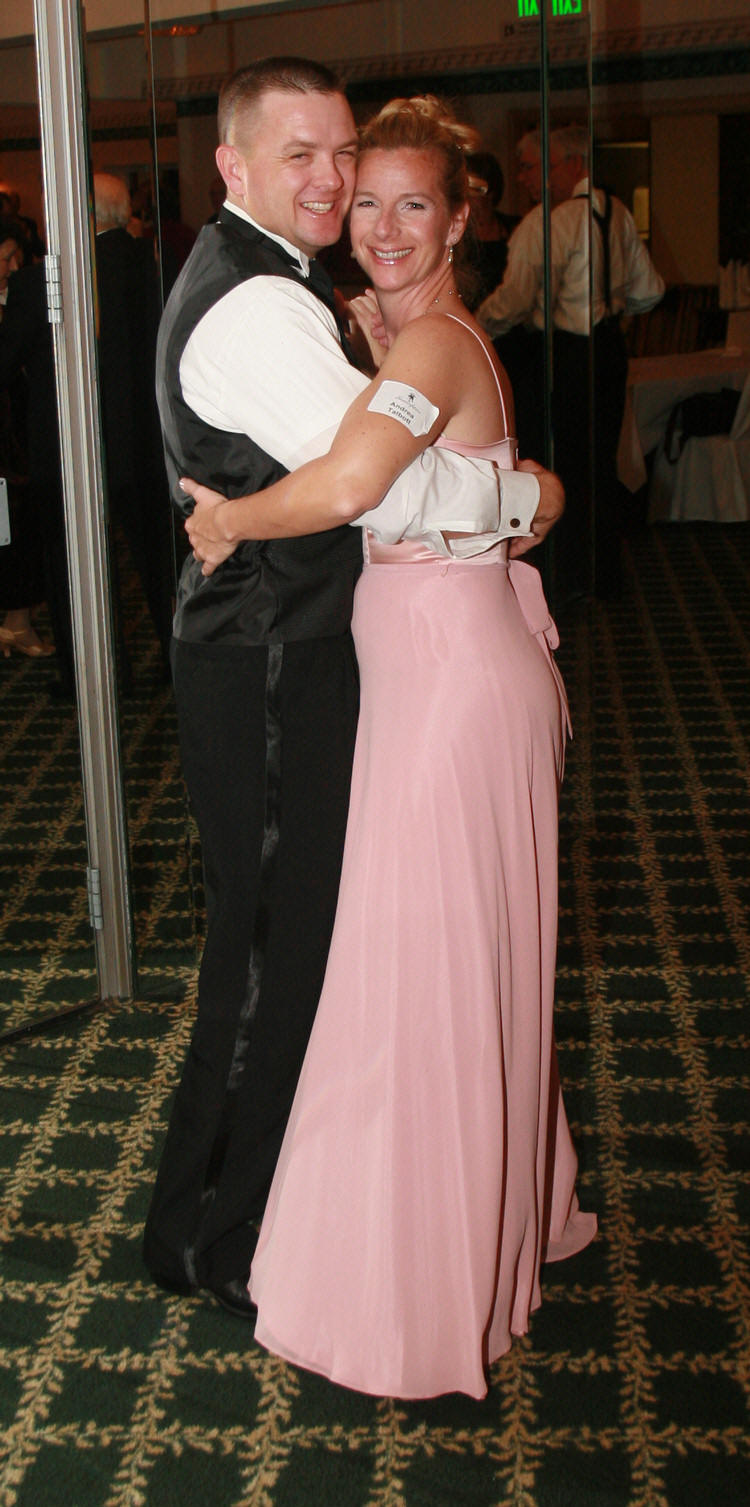
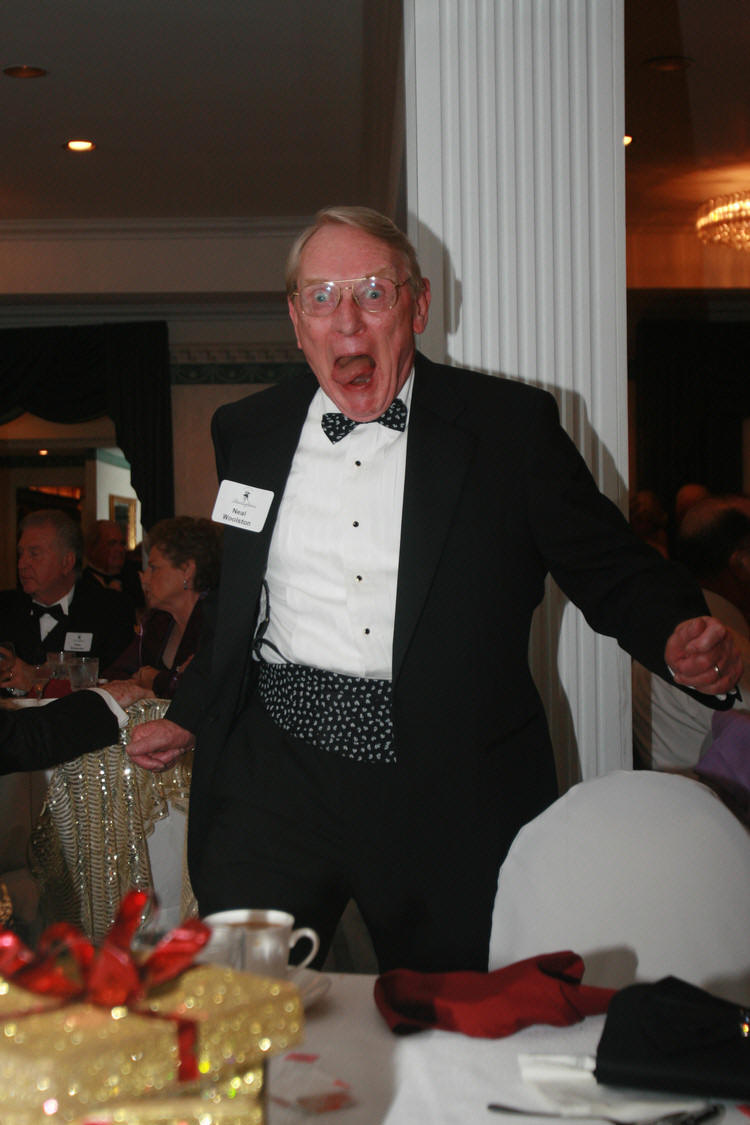
"Eeeeeeeeeeeeeeeeeeeeeeeeeeeeeeeeeeek!!!"
Did you know? - A facial expression results from one or more
motions or positions of the muscles of the face. These movements convey the
emotional state of the individual to observers. Facial expressions are a form of
nonverbal communication. They are a primary means of conveying social
information among humans, but also occur in most other mammals and some other
animal species.
Humans can adopt a facial expression as a voluntary action. However, because
expressions are closely tied to emotion, they are more often involuntary. It can
be nearly impossible to avoid expressions for certain emotions, even when it
would be strongly desirable to do so; a person who is trying to avoid insult to
an individual he or she finds highly unattractive might nevertheless show a
brief expression of disgust before being able to reassume a neutral expression.
The close link between emotion and expression can also work in the other
direction; it has been observed that voluntarily assuming an expression can
actually cause the associated emotion.
Some expressions can be accurately interpreted even between members of different
species- anger and extreme contentment being the primary examples. Because faces
have only a limited range of movement, expressions rely upon fairly minuscule
differences in the proportion and relative position of facial features, and
reading them requires considerable sensitivity to same. Some faces are often
falsely read as expressing some emotion, even when they are neutral, because
their proportions naturally resemble those another face would temporarily assume
when emoting.

Who needs a partner when you have the rhythm???
Did you know? - In Western music, rhythms are usually arranged with respect to a time signature, partially signifying a meter. The speed of the underlying pulse is sometimes called the beat. The tempo is a measure of how quickly the pulse repeats. The tempo is usually measured in 'beats per minute' (bpm); 60 bpm means a speed of one beat per second. The length of the meter, or metric unit (usually corresponding with measure length), is usually grouped into either two or three beats, being called duple meter and triple meter, respectively. If each beat is divided by two or four, it is simple meter, if by three (or six) compound meter.
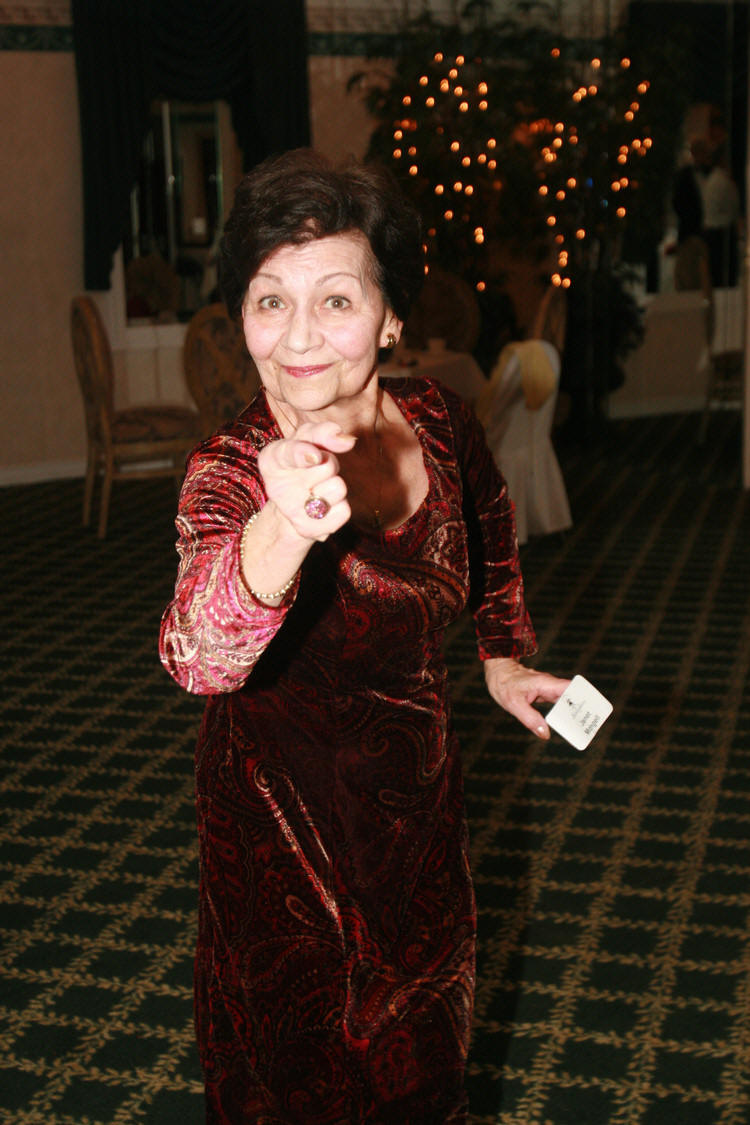
Oh oh... The photographer is busted again!
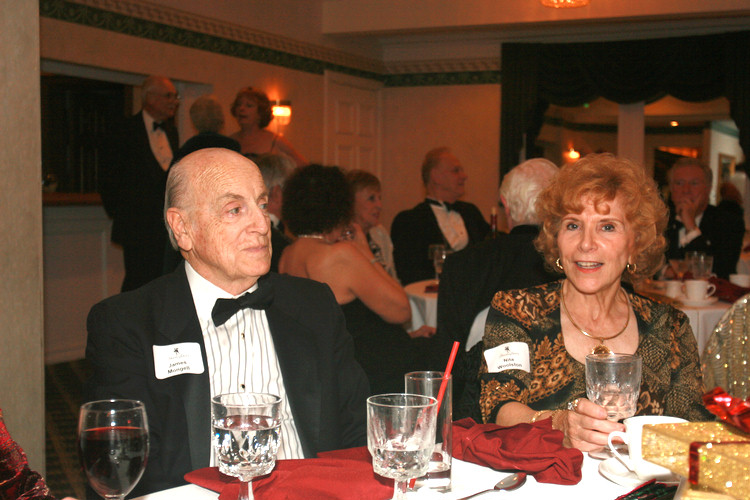
Meanwhile back at the table they disavow their partners
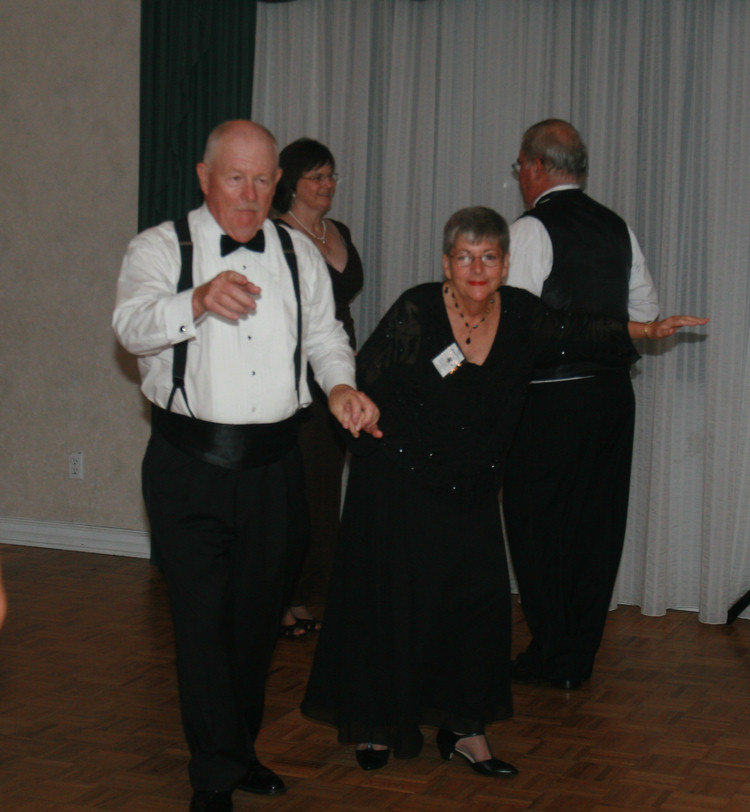
Paul & Sue Liles
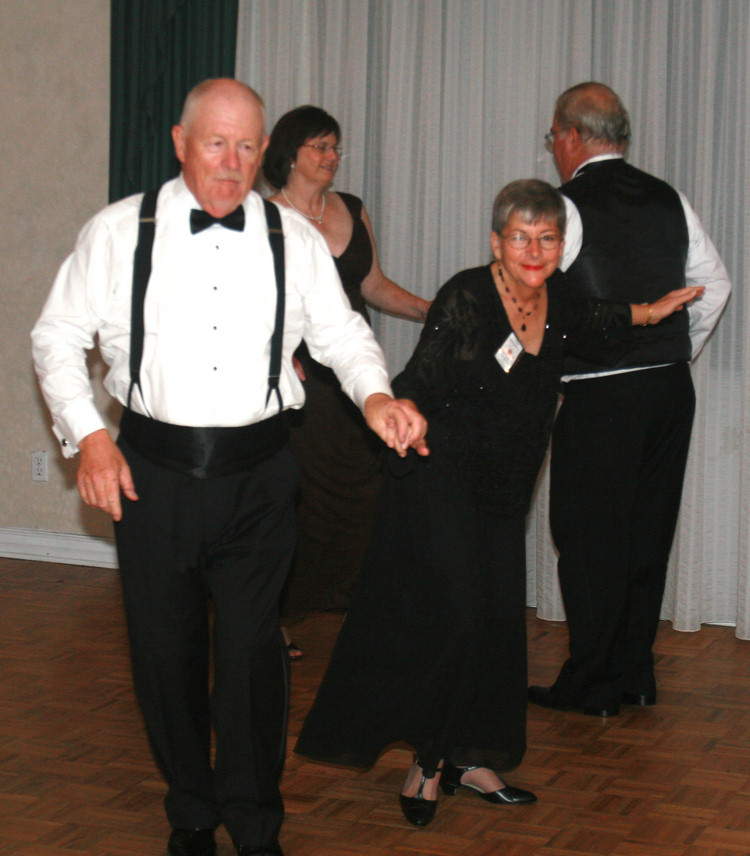
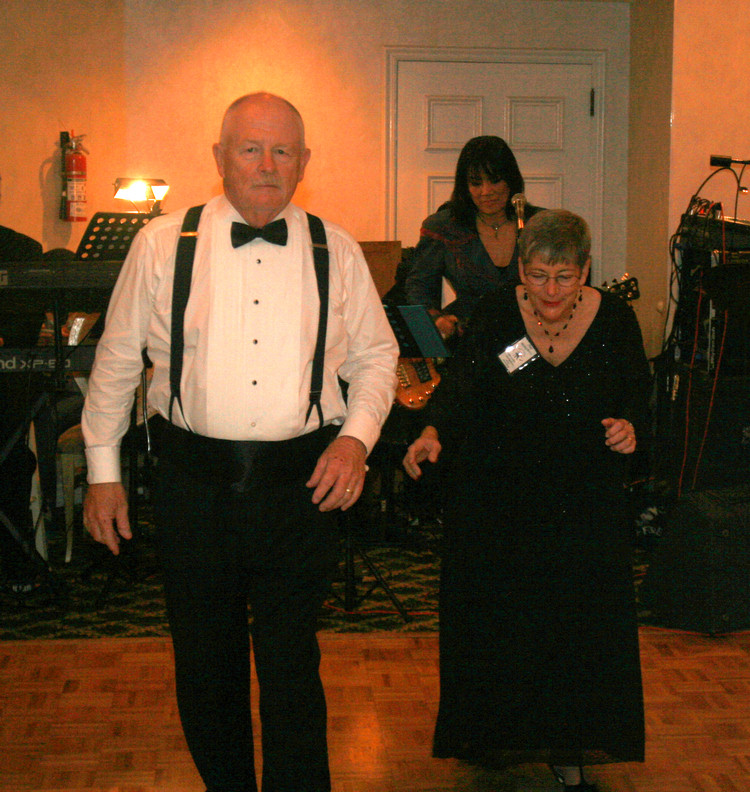
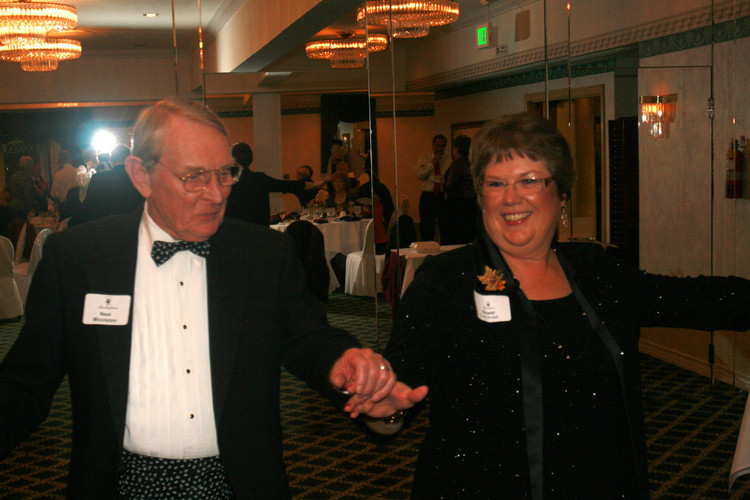
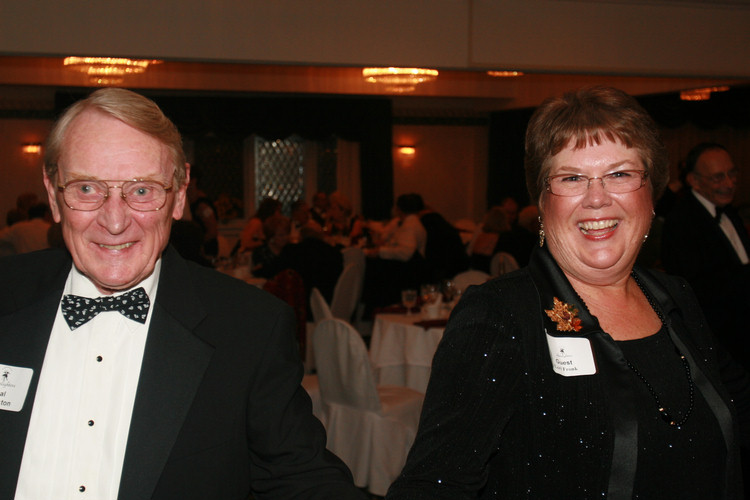
The End Is In Sight
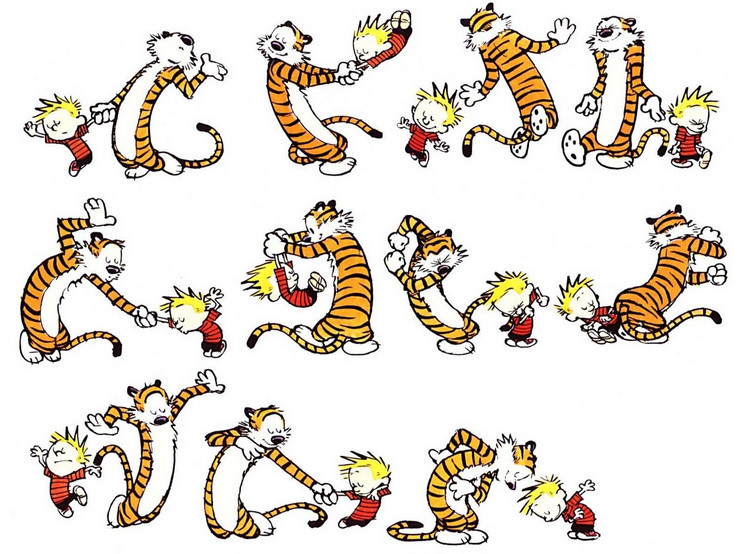
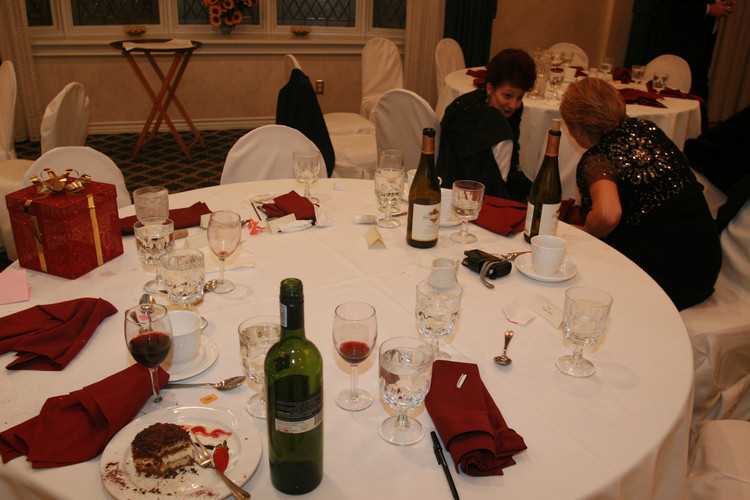
Lonely wine bottles remind us of the fun we had!
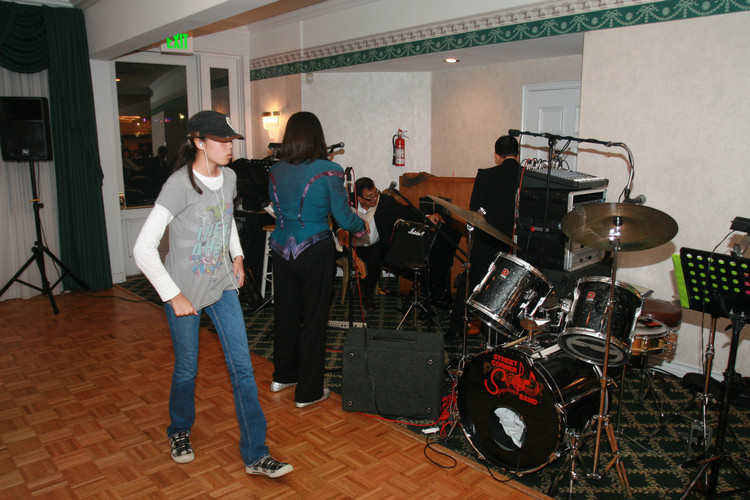
The band packs up

Just a few people remain
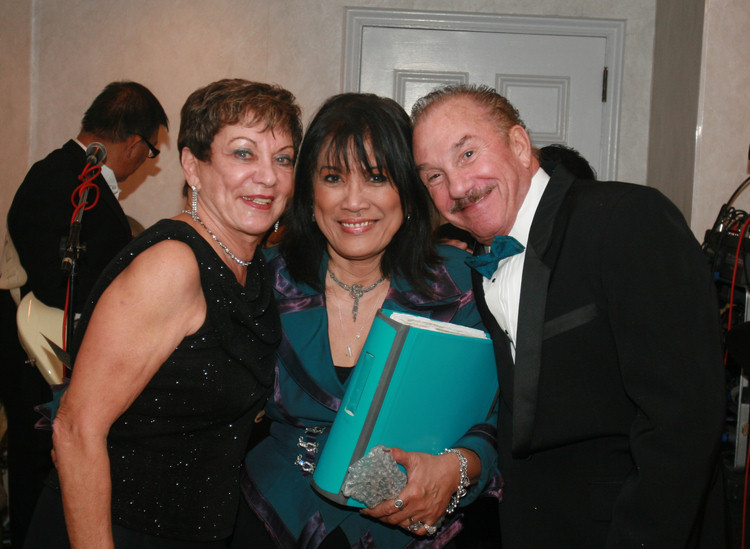
Marilyn, Bess, and Don
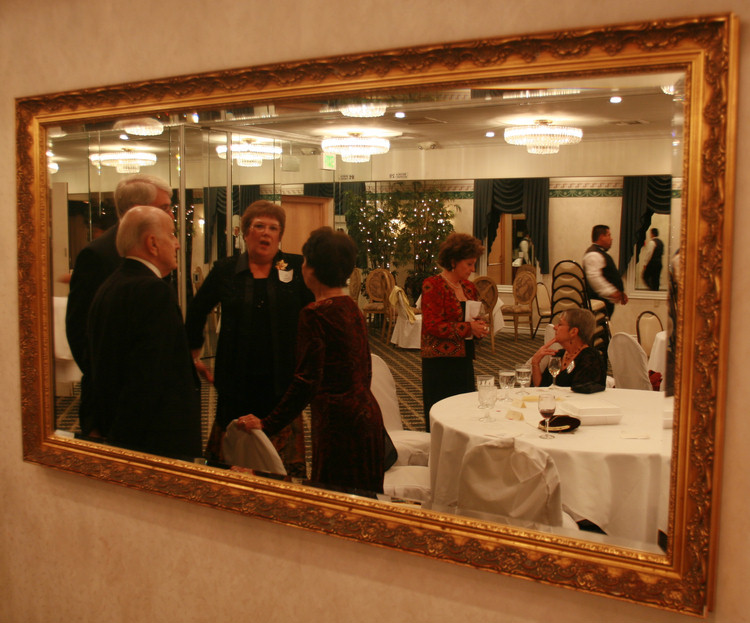
Good night all
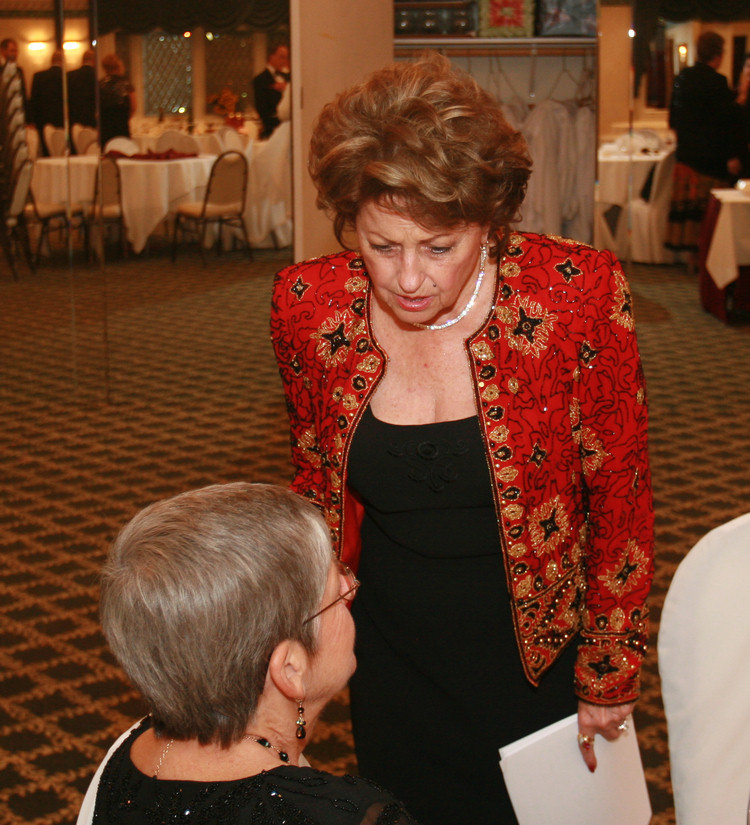
Last minute details and coordination's for the next board meeting
